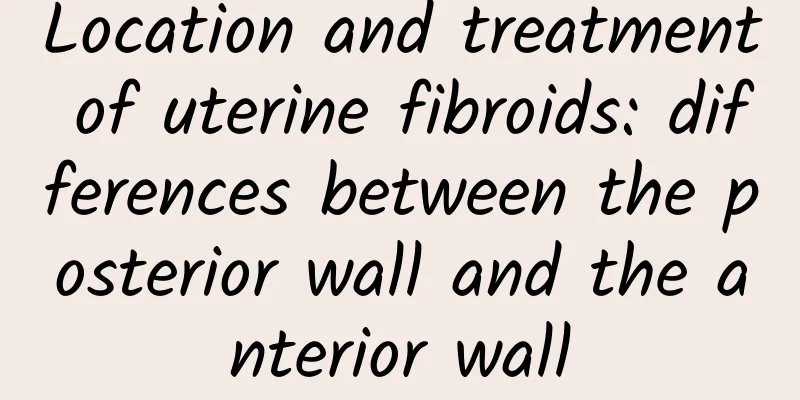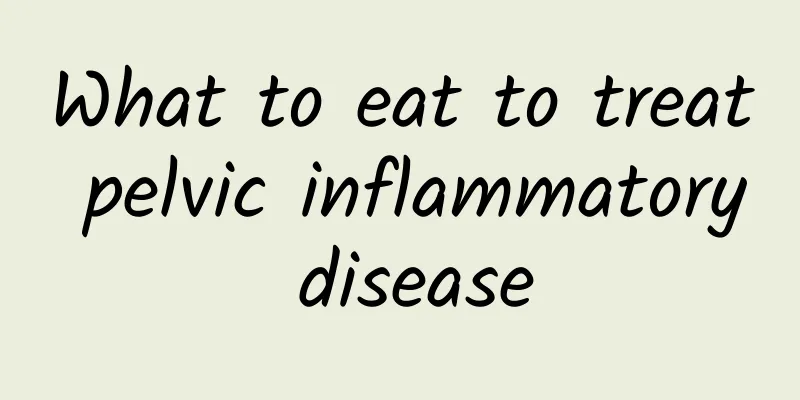Location and treatment of uterine fibroids: differences between the posterior wall and the anterior wall

|
Uterine fibroids are a common type of benign tumor in women that originate from the smooth muscle cells of the uterus. Depending on where the fibroids are located within the uterus, they can be divided into different types, including posterior wall fibroids and anterior wall fibroids. The two types of fibroids have significant differences in location, which can have important implications for symptoms, treatment methods, and possible impacts. ❤️So, what is the difference between the posterior wall and the anterior wall of uterine fibroids? 👇 🌼Uterine fibroids can be divided into posterior wall fibroids and anterior wall fibroids based on their location in the uterus. There are significant differences in the location of these two types of fibroids, which may have important implications for symptoms, treatment methods, and possible impacts. Posterior wall fibroids are located on the back wall of the uterus, close to the back and posterior pelvic cavity, and may compress the rectum, causing constipation or difficulty with defecation; while anterior wall fibroids are located on the front wall of the uterus, close to the front of the abdomen, and may compress the bladder, causing frequent urination, urgency, or difficulty urinating. Treatment options will also be determined by the type, size, and location of the fibroids, as well as the patient's age and future fertility wishes. ❤️If you have uterine fibroids, you should pay attention to the following points:👇 🔺1. Regular check-ups: Regular gynecological examinations, including pelvic ultrasound, to monitor the size and growth of fibroids. 🔺2. Symptom management: Pay attention to the symptoms caused by fibroids, such as abnormal vaginal bleeding, pelvic pain, pressure, or frequent urination. 🔺3. Lifestyle adjustments: Maintaining a healthy lifestyle, such as a balanced diet, moderate exercise, and adequate sleep, can help alleviate symptoms and maintain overall health. 🔺4. Treatment options: Discuss with your doctor the different options for treating fibroids, including medication, surgery, or other non-invasive treatments. The difference between posterior and anterior uterine fibroids is their location in the uterus, which affects the symptoms they may cause and how they can be treated. If you suspect you have uterine fibroids, or if you have been diagnosed, be sure to follow your doctor's instructions, have regular gynecological exams, pay close attention to your symptoms, and maintain a healthy lifestyle. |
<<: Causes and coping strategies for abdominal bloating after miscarriage
>>: Can a loose cervix cause miscarriage?
Recommend
Why do women still suffer from adnexitis without sexual life?
Many female friends would like to know the reason...
Is uterine fibroid a benign tumor? The best treatment for uterine fibroid surgery
Uterine fibroids are called uterine leiomyoma, wh...
What happens if ovarian cysts cause amenorrhea?
What happens if ovarian cysts cause amenorrhea? O...
Key ways to prevent ectopic pregnancy in life
The prevention of ectopic pregnancy is the key to...
Postoperative care after Bartholinitis
Bartholinitis is usually caused by not paying att...
What are the causes of missed abortion and what should be paid attention to after missed abortion?
Many women are unfamiliar with missed abortion. M...
How to take care of chocolate cysts?
Chocolate cyst is one of the gynecological diseas...
What is medical abortion? Is medical abortion a successful result if gestational sac is detected?
Medical abortion cannot be performed privately at...
What medicine is used with Gongyanping to treat uterine fibroids? What anti-inflammatory medicine is used with Gongyanping to treat uterine fibroids?
What medicine is used with Gongyanping to treat u...
One month after miscarriage, the belly is obviously enlarged
Belly enlargement one month after miscarriage may...
What are the early symptoms of adnexitis?
Among the many gynecological diseases, adnexitis ...
Han Kuo-yu reveals the pros and cons after climbing a tree ~ Doctor: The second pulley of the finger is very stressful!
A few days ago, Kaohsiung Mayor Han Kuo-yu inspec...
How to effectively prevent habitual abortion, these knowledge points must be kept in mind
Prevention of habitual miscarriage includes the f...
How much does menopause surgery cost?
The cost of menopause treatment is of concern to ...
Why do girls have uterine fibroids? Can girls with uterine fibroids get pregnant?
Why do girls have uterine fibroids? Can girls wit...









